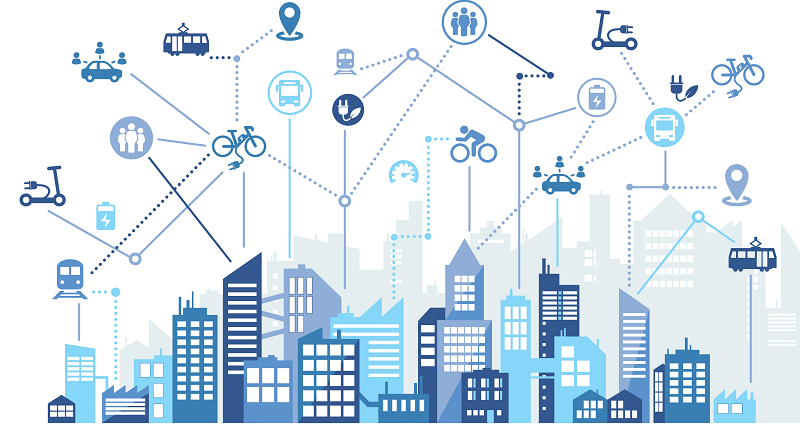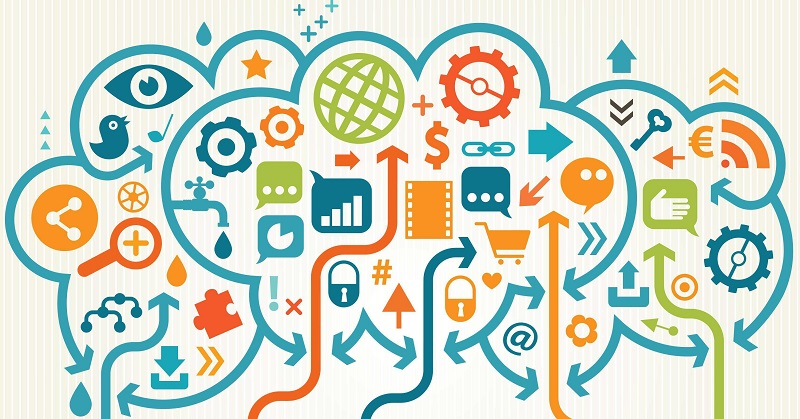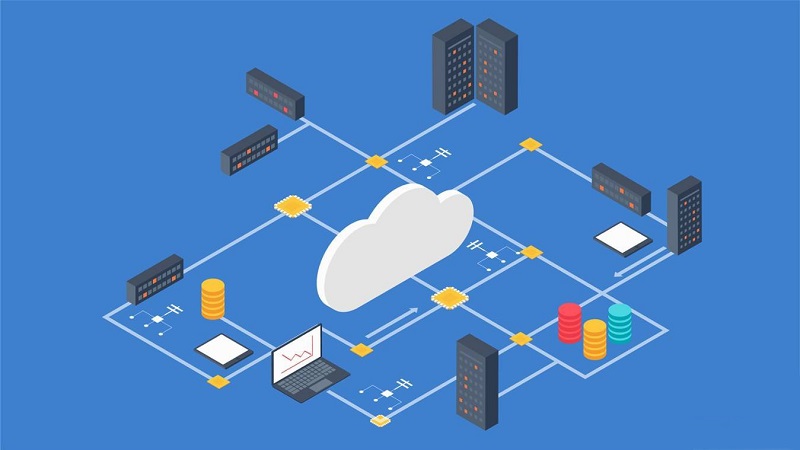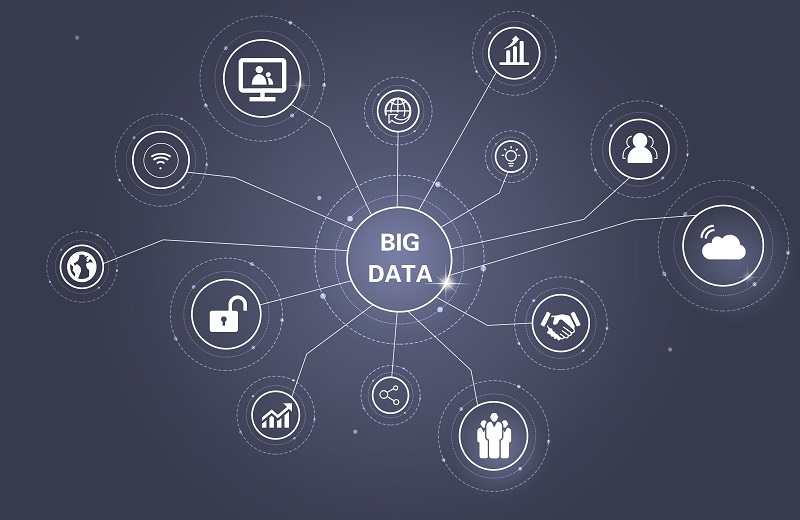In recent years, China has been increasingly focusing on the development of big data centers, with relevant departments making significant deployments. The environment and standards for the development of big data centers are continuously being improved. According to incomplete statistics, national relevant departments have introduced 15 policies related to big data centers.

Overall, driven by policy and technological development, big data centers are moving towards high-end, customized, and collaborative development.
High-end development

Data centers are transitioning from the original model of simply stacking equipment to a model that is more high-density, modular, intelligent, and green, achieving a comprehensive upgrade or complete replacement of traditional data centers. This shift is characterized by the adoption of advanced cooling technologies, energy-efficient designs, and the integration of artificial intelligence to enhance operational efficiency and sustainability. The move towards high-density computing also supports the growing demand for processing power, which is essential for handling the increasing volumes of data in various applications, from artificial intelligence to big data analytics. By embracing these modernization efforts, data centers are better positioned to meet the challenges of the digital era and contribute to the sustainable growth of the digital economy.
Customized development

As daily life has become integrated with the internet, and with the acceleration of new infrastructure, digital living has become indispensable. The focus of data center services is shifting from mere storage and computing power provision to the in-depth exploration and extraction of fundamental data value.

Additionally, third-party data center service providers are entering the arena, attracting users with their on-demand elastic services, professional operation and maintenance, and customized solution capabilities. Their service models are more flexible and efficient, greatly compensating for the shortcomings of basic telecommunications operators in data center operation services, such as slow market response, solidified general services, and mismatched supply and demand.
Collaborative development

Along with the progress of new infrastructure, in addition to telecom operators, server companies, chip companies, and content providers are all actively investing in the construction of edge data centers.
Edge data centers can rapidly aggregate and collect data from different sources such as devices, sensors, control systems, and business systems, achieving orderly flow of multi-source heterogeneous data. This enhances the status and importance of edge computing, making cloud-edge collaboration possible.

Jin Zhi Lingxuan believes that by establishing a data transmission channel between edge data centers and cloud data centers, and achieving collaboration between the edge and the cloud, it is beneficial to promote the effective flow of data and further unlock the value of data.
Provide strong momentum.

Under the dual influence of government guidance and market-driven factors, the development of China's big data centers has been rapid, with the market size maintaining a high-speed growth. The leading role of government procurement of cloud services is becoming increasingly prominent, and many industries are adopting cloud data centers to update their existing systems to support business development.
According to incomplete statistics, in 2019, China had about 74,000 data centers, accounting for approximately 23% of the global total, with a rack scale of 2.27 million and 2,213 operational IDC data centers. The trend towards larger and more规模化 data centers continues.

With the accelerated commercialization of 5G, the rise of new infrastructure, and the big data market, there is an inevitable bright future for development.


















